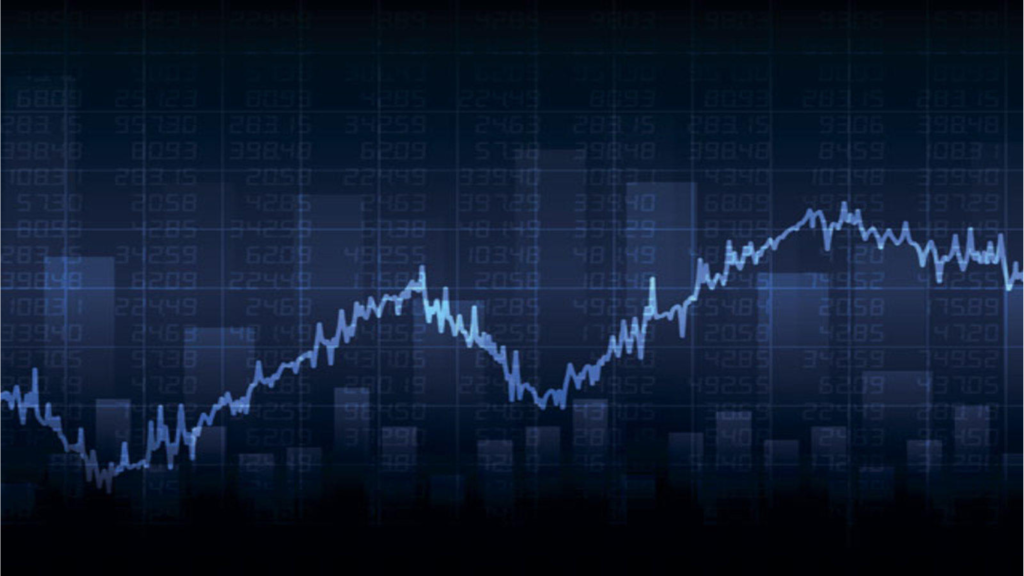In the trading world, executing orders swiftly and effectively is crucial for success. Market orders stand out for simplicity and efficiency among various types of orders. Let’s delve into the fundamentals of market orders and how mastering them can enhance your trading experience.
Introduction to Market Order Mastery
Market Order Mastery revolves around understanding and effectively utilizing market orders in trading scenarios. It’s about grasping the mechanics, benefits, risks, and strategies associated with market orders to make informed decisions in the fast-paced world of financial markets.

Understanding Market Orders
What are Market Orders?
A market order is a straightforward instruction given to a broker to buy or sell an asset at the current market price. Unlike limit orders, which specify a price, market orders prioritize execution speed over price.
How do Market Orders work?
When you place a market order, it gets executed immediately at the best available price in the market. This means you may get a different price than you see on the screen, especially in volatile markets.

Benefits of Market Orders
Instant Execution
One of the primary advantages of market orders is their ability to execute trades instantly. This is particularly beneficial in fast-moving markets where every second counts.
Liquidity
Market orders thrive in liquid markets with plenty of buyers and sellers. They make sure that your trade gets executed quickly without having to wait for a matching order.

No Price Guarantee
Market orders prioritize execution over price, which means you might get a slightly different price than expected, especially in highly volatile markets. However, this trade-off is often acceptable for traders seeking swift execution.
Risks of Market Orders
Price Slippage
Price slippage occurs when the actual execution price differs from the expected price. In fast-moving markets or low liquidity conditions, slippage can significantly impact your profitability.

Market Volatility
Market orders are susceptible to volatility, especially during news events or sudden price movements. Traders should be aware of this risk and factor it into their trading strategy.
How to Place a Market Order
Steps to Place a Market Order
Log in to your trading platform.
Select the asset you want to trade.
Choose the market order option.
Specify the quantity you wish to buy or sell.
Confirm the order.

Choosing the Right Time
Timing is crucial when placing market orders, especially in highly volatile markets. Traders should consider factors such as liquidity, market sentiment, and upcoming news events before executing their orders.
Market Order Strategies
Scalping
Scalping is a trading strategy that involves making small profits from frequent trades. Market orders are often used in scalping due to their quick execution.

Day Trading
Day traders rely on market orders to capitalize on short-term price movements within a single trading day. Quick execution is essential in day trading, making market orders popular.
Position Trading
Position traders take a longer-term approach, holding trades for weeks or months. While market orders may not be as critical for position trading, they still offer the advantage of instant execution when entering or exiting positions.

Common Mistakes to Avoid
Lack of Research
Trading blindly without conducting proper research can lead to significant losses. Traders should analyze market trends, economic indicators, and company fundamentals before placing market orders.
Ignoring Market Conditions
Failing to consider market conditions such as volatility, liquidity, and upcoming events can result in unexpected outcomes. It’s essential to adapt your trading strategy to prevailing market conditions.

Market Order vs. Limit Order
While market orders prioritize execution speed, limit orders allow traders to specify the price at which they want to buy or sell an asset. Each order type has its advantages and is suitable for different trading scenarios.
Conclusion
Mastering market orders is essential for navigating the dynamic world of financial markets. By understanding how market orders work, their benefits, risks, and various strategies, traders can make informed decisions and improve their trading performance.

FOR A FREE STOCK MARKET SEMINAR VISIT HERE
CALLS @ 9986622277
Disclaimer
The information provided here is for general informational purposes only and should not be construed as financial advice. Investing in the stock market involves inherent risks, and there is no guarantee of profits or protection against losses. Before making any investment decisions, it is essential to conduct thorough research and seek advice from a qualified financial advisor or professional.
